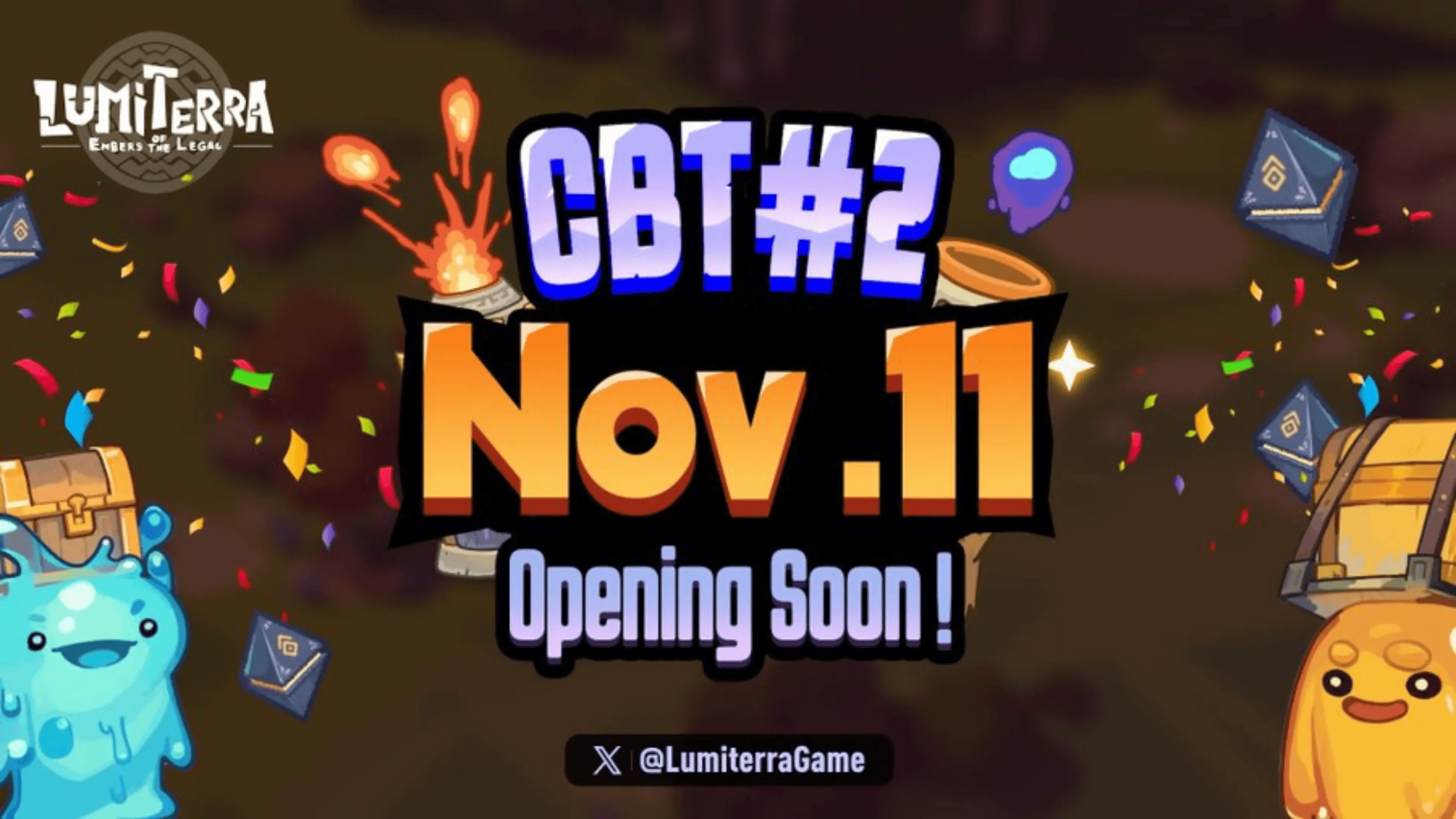Lumiterra, a blockchain-based game on the Ronin Network, has introduced the $LUA token as its primary currency to enrich the in-game economy and enhance player engagement. This integration of $LUA enables seamless in-game transactions, marketplace trading, and incentives, establishing a stable and dynamic currency system within Lumiterra’s ecosystem. The move is expected to expand both the game’s decentralized finance (DeFi) options and trading flexibility for its players.
What is Lumiterra?
Lumiterra is an open-world blockchain game combining survival mechanics, resource gathering, and DeFi elements. Set on the Ronin Network, the game offers players three main professions—Combat, Farming, and Gathering—each with unique skills and resource benefits. Players engage in exploring, battling, crafting, and farming within a world designed for NFT item creation and trading. By incorporating the $LUA token, Lumiterra’s marketplace provides a dynamic ecosystem where success depends on strategic resource management, gameplay investment, and community interactions.

Lumiterra Key Art 1
Introducing the $LUA Token
The introduction of $LUA transforms the trading and transactional landscape within Lumiterra by enabling it as the exclusive currency for item listings and trades. Players can use $LUA directly within the game to purchase items, trade in the marketplace, and participate in various in-game interactions. The token’s integration with the Ronin Network allows players to swap $LUA for other major tokens, such as $RON, through an automatic bridging system. This feature provides users the flexibility to engage in marketplace activities without leaving the game.
New Utilities and Incentives
The $LUA token brings with it a variety of new utilities and incentives, which add a layer of economic engagement to Lumiterra’s gameplay. Many in-game upgrades and actions will now require $LUA, giving players additional motivation to engage deeply with the game’s ecosystem. For players to participate in the $LUA-based marketplace, they will need to deposit $LUA directly into their in-game wallets. This setup aligns with previous deposit requirements in the game, offering continuity while integrating a fresh currency-driven structure.
Existing trades that involve $RON will continue unaffected, but all new transactions and incentives will be centered on $LUA, establishing it as the primary token within the game’s economy. By integrating $LUA, Lumiterra encourages players to strategize their in-game spending, aligning their gameplay success with their economic choices within the game.

Lumiterra In-Game Screenshot
Demand, Stability, and Growth
The structure of $LUA is designed to create stability and growth in the in-game economy. Built around a bonding curve and an algorithmic stablecoin protocol, $LUA uses stable assets such as USDT, USDC, and an in-game stablecoin, LUAUSD, to maintain a controlled inflation rate. Each $LUA token is minted through stablecoins and the protocol’s LUAB token, with its supply dynamically adjusted by the bonding curve mechanism.
As demand for $LUA increases, the minting price also rises, creating a controlled inflation model that fosters strategic use and investment. A built-in minimum price floor of around $2.49 ensures the token’s stability, even during periods of high activity, positioning $LUA as a reliable currency for marketplace and gameplay transactions.
When demand declines, a buyback protocol is activated, reducing the token supply through a system similar to the Time-Weighted Average Market Making (TWAMM) mechanism. This process gradually buys back and burns $LUA, maintaining a balanced supply and creating arbitrage opportunities when the minting price is below the secondary market price. By ensuring that the minting price remains lower than the secondary market price, Lumiterra incentivizes player engagement and economic activity within the game.

Lumiterra Energy Supply
Dual-Market Approach and Economy
Lumiterra’s dual-market approach, combining both minting and secondary market trading options, adds depth to its in-game economy. Players can access $LUA through Katana, a decentralized exchange on the Ronin Network, or directly bridge it within the game, increasing accessibility for both new and experienced players. This secondary market dynamic not only supports trading flexibility but also encourages sustained engagement in Lumiterra’s evolving ecosystem.
With the introduction of $LUA, players can unlock exclusive in-game features, power-ups, and rare items. These additions make $LUA integral to the gaming experience and provide ongoing opportunities for strategic gameplay. Players who invest in $LUA can gain access to advanced gameplay options, benefiting from the decentralized finance elements that $LUA introduces into Lumiterra.
The token’s economic impact extends to in-game actions, as players must hold or spend $LUA to advance. This integration of economic and gameplay strategies increases player immersion and establishes $LUA as a core component of Lumiterra’s community-driven ecosystem. Additionally, as the value of $LUA appreciates over time, players who hold the token are positioned to benefit from the growth of Lumiterra’s in-game economy.

Lumiterra CBT 2 Nov 11th
Final Thoughts
With the integration of $LUA, Lumiterra introduces a DeFi-driven in-game economy that leverages stablecoin mechanics, bonding curves, and a dual-market structure to create a stable yet dynamic gameplay environment. This expansion enhances player engagement, offering a wide range of incentives and utilities through $LUA, thereby making Lumiterra a leading example of decentralized finance integration within blockchain gaming. Through $LUA, Lumiterra not only adds value to in-game activities but also sets a standard for merging economic and gameplay strategies in the emerging field of blockchain gaming.
Source: playtoearn



